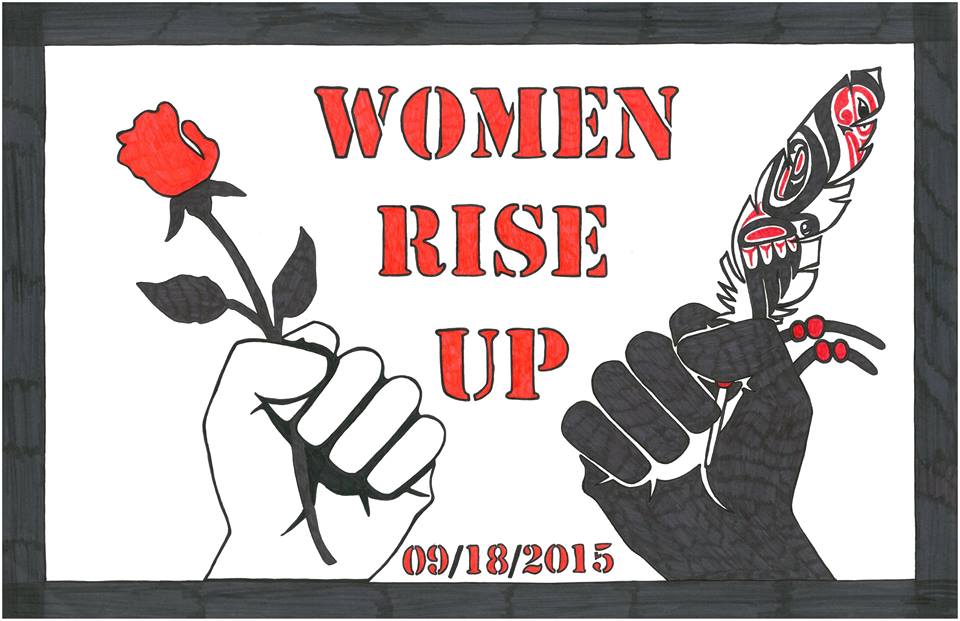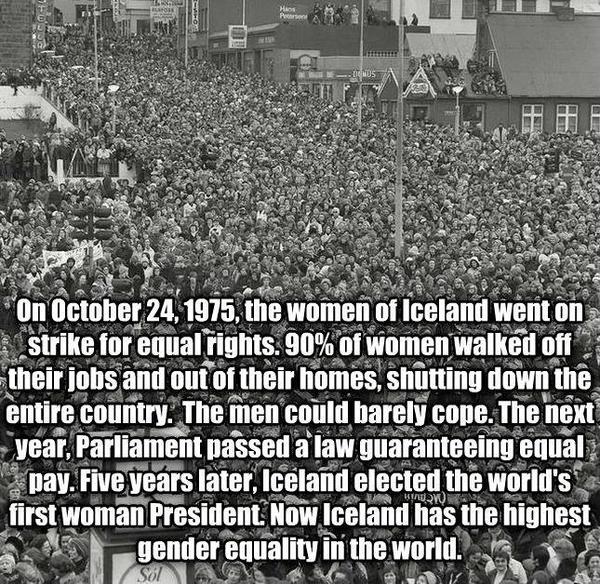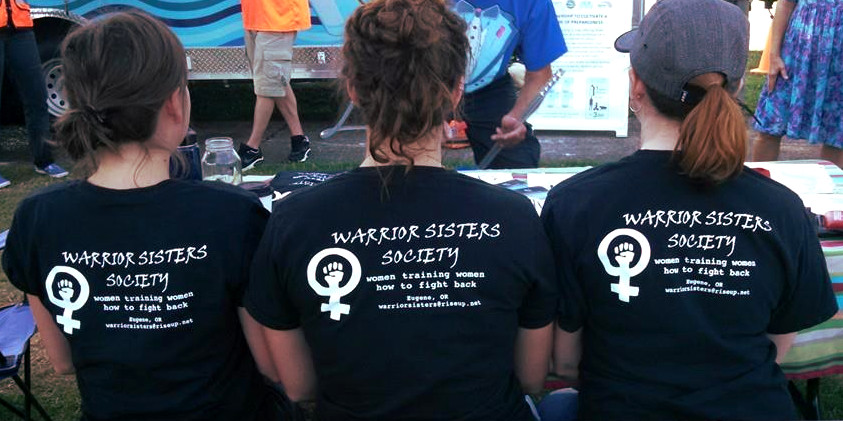Recently we asked, “What the hell does gender have to do with fracking?” We weren’t being flippant – it’s a question that plagues many of us.
The question came up because some leftists are blacklisting and threatening eco-feminists over gender identity politics. The question is whether women can define themselves as a class that is distinct from men, or whether “women” must be redefined to include people born male who identify as female, or anyone born male and still living as a man who is “genderfluid” enough to sometimes feel like a woman and demand to be allowed into women’s spaces, even if they have a history of assaulting women and girls.
Certain radical green-leftists have taken it upon themselves to denounce and exclude those who feel that women are distinct from men, and that biology and material conditions are an important part of class analysis. At one anti-fracking conference, organizers took pride in refusing to admit members of Deep Green Resistance, a global organization founded on radical feminist and deep ecology principles.
So what does gender have to do with fracking? The question is serious.
At first glance, we can see that almost every fracking operation is run and directed by men, from the CEOs to the government decision-makers to the roughnecks on the drill sites. This is not some bizarre fluke. Resource extraction is a concept invented by men, as part of patriarchy – that system of white male supremacism that establishes the dominion of males over the earth and all its creatures, as promised in the Bible.
These hydraulic fracturing operations have the potential to unlock vast planet-killing reserves of petrochemicals, carbon, and greenhouse gases. Each of these drilling sites has the power to cause earthquakes, poison water tables, and kill thousands. Taken together, they may push the average global temperature to a level that destroys entire ecosystems and destabilizes the global climate.
The people who run these fracking operations bear much of the responsibility for killing the planet. Again, these people are almost all men – not trans people, not radical feminists, but cisgender heterosexual white males. But it’s radical feminists who are banned from the anti-fracking movement.
In the end, there is no gender on a dead planet. There is no sex either. We will not be able to reproduce without oxygen, without food, without fresh water. Here is our future: We will watch our babies die. It won’t matter a whit whether those babies are male, female, intersex, or transgender. They will die slowly from poisoned water and suffocating air, or quickly from pipeline explosions and catastrophic earthquakes.
The dead will not care whether we had the correct line on gender, or whether we invited the right people to our conferences. Neither will the survivors.
This is all self-evident. But it raises more questions.
When did the left take this wrong turn into the dead-end of identity politics?
When did leftists take up the cause of rich white male Republicans who enjoy wearing their stepdaughters’ underwear?
When did progressives decide to celebrate hyper-privileged people who coopt the lived experiences of oppressed people?
When did radicals determine that the only time capitalism does not exploit workers is when those workers are prostitutes?
We’ve heard about the end of the world, the end of history, and the end of gender. Maybe there’s a postscript still to come. Maybe the pendulum will swing back to reality, or maybe this is actually the end of the Left.

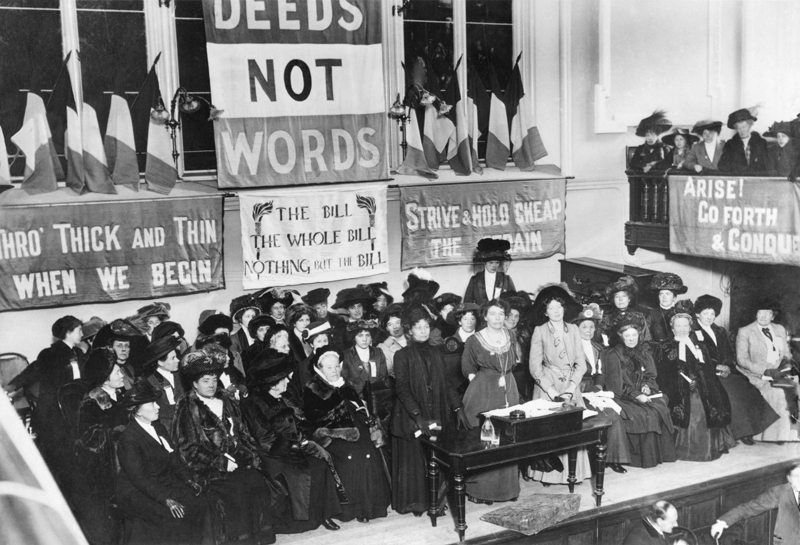
 Keeping the spirit
Keeping the spirit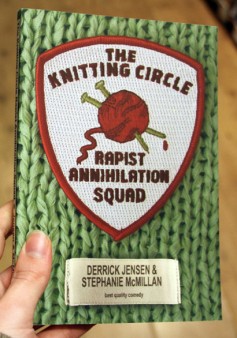 Start with a small circle: each one invite one.
Start with a small circle: each one invite one.
